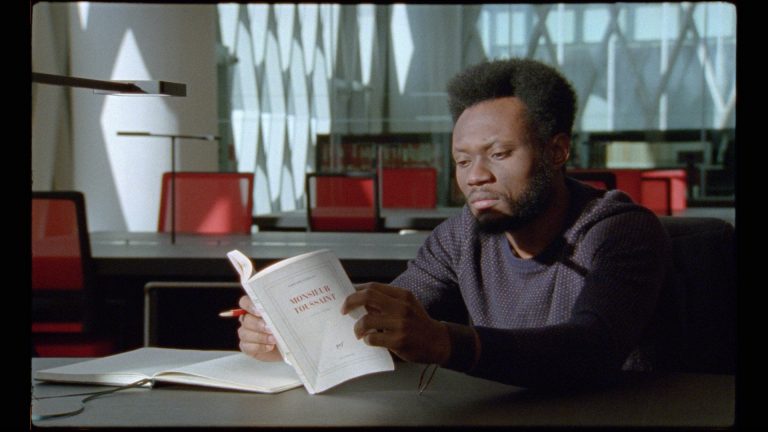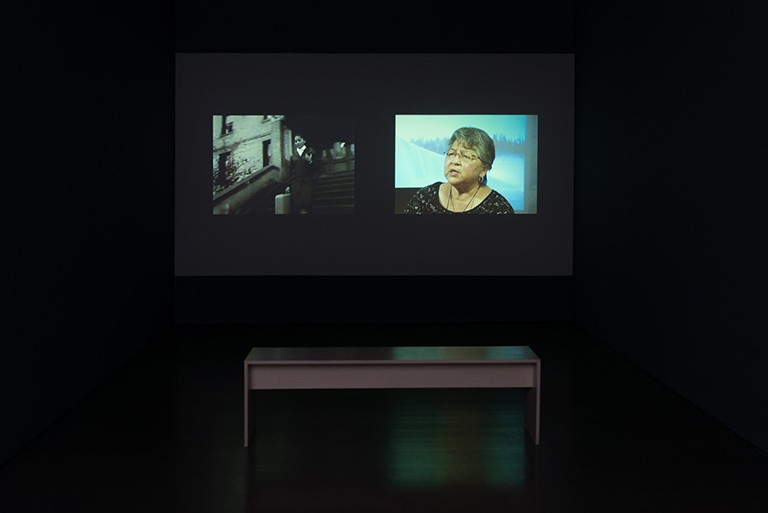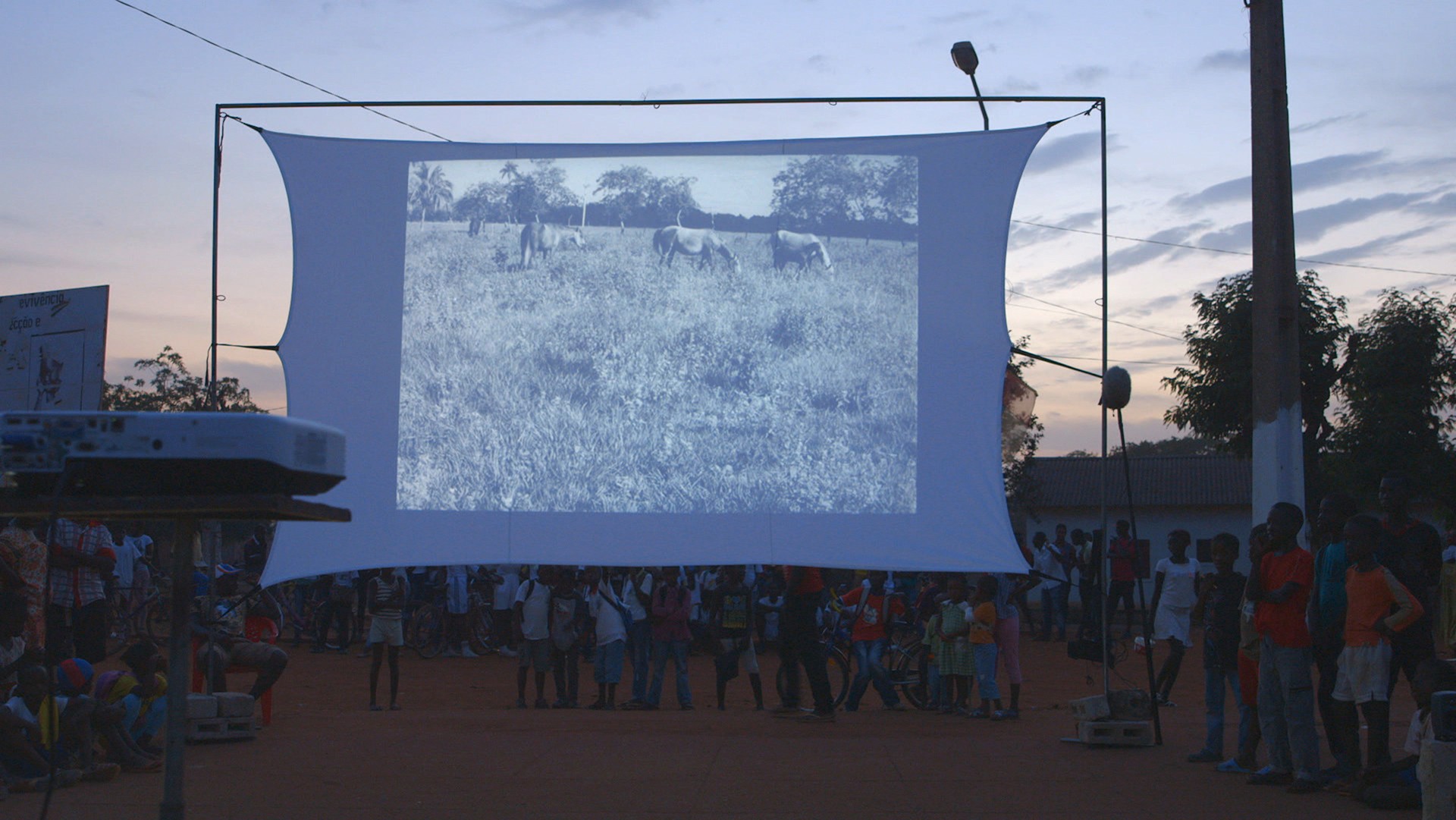Ellen Art Gallery exhibition reimagines archives as tools for anti-colonial solidarity

Just as sediments reveal detailed geological histories, archives offer a snapshot of complex human histories. A new exhibition curated by Denise Ryner invites visitors to see archival documents as residues not unlike the ones that slowly transform into bedrock on the ocean floor.
Sediment: The Archive as a Fragmentary Base opened earlier this month at the Leonard and Bina Ellen Art Gallery and runs until April 1. It expands on traditional notions of the archive and its functions.
The exhibit showcases the works of Sandra Brewster, Justine A. Chambers, Filipa César, Louis Henderson, Pamila Matharu and Krista Belle Stewart. For these artists, archives can be reimagined as tools for anti-colonial solidarity and evidence of resilience.
Ryner was previously director of the Or Gallery in Vancouver and associate curator at Haus der Kulturen der Welt (HKW) in Berlin. The idea for Sediment sprang from Michèle Thériault, director of the Ellen Art Gallery, who invited Ryner to expand on past work with HKW.
In her previous role, Ryner explored how archival documents can be diverted from their intended use. Instead of instruments of cultural regulation and colonialism, for instance, archives can become tools for personal and cultural sovereignty.
An invitation to think expansively about archives
The exhibition features archival video footage, audio and photographic prints — a layer of sediment upon which the five featured artists build new identities led by reflections on personal and political histories.
“It invites people to think expansively about what archives could be,” Ryner says. “It asks us to think beyond our conventional ideas, especially around authoritative archives and what they have to say about colonized peoples.”
 Seraphine Stewart in a 1967 CBC documentary as a young nursing student and a residential school survivor; right: Stewart in footage of her 2013 testimony before the Truth and Reconciliation Commission of Canada.
Seraphine Stewart in a 1967 CBC documentary as a young nursing student and a residential school survivor; right: Stewart in footage of her 2013 testimony before the Truth and Reconciliation Commission of Canada.
Throughout the exhibition, archives cease to be relics and become touchstones for the present. They can connect people to their ancestors and histories or act as tools of empowerment.
In Seraphine, Seraphine (2015), Krista Belle Stewart explores what is left unsaid in archives by intermixing documentary footage of their mother, Seraphine Stewart. The artist’s mother appears in a 1967 CBC documentary and in footage of her 2013 testimony before the Truth and Reconciliation Commission of Canada.
“The idea is to challenge what’s in the archives in order to establish sovereignty,” Ryner says. “Archives are an important place to do that because settler-colonial cultures like Canada are based on institutional archives that include documents or images created by governments or educational institutions.”
 Spell Reel, 2017, by Filipa César | Image courtesy of the artist
Spell Reel, 2017, by Filipa César | Image courtesy of the artist
In Spell Reel (2017), artist Filipa César examines the flexible boundaries between cinema and spectatorship. César organized public community screenings, often outdoors, of archival footage of the African Liberation Movement in Guinea-Bissau. She then interviewed the archival footage’s original Guinea film documentarians, who added commentary and narration from their memory at the screenings.
The final film superimposes these contemporary reactions over the archival film itself.
Choreographer, dancer and teacher Justine A. Chambers explores how the body acts as a physical archive by storing experiences and information. Chambers will perform Heirloom on Saturday, March 11, at 3 p.m. in the gallery’s large front window in the atrium.
“I would like people to come out of this exhibition being more open to thinking about what archival documents could be and how we can use them,” says Ryner.
Sediment: The Archive as a Fragmentary Base is on display at the Leonard and Bina Ellen Art Gallery (1400 De Maisonneuve Blvd. W.) until April 1.


